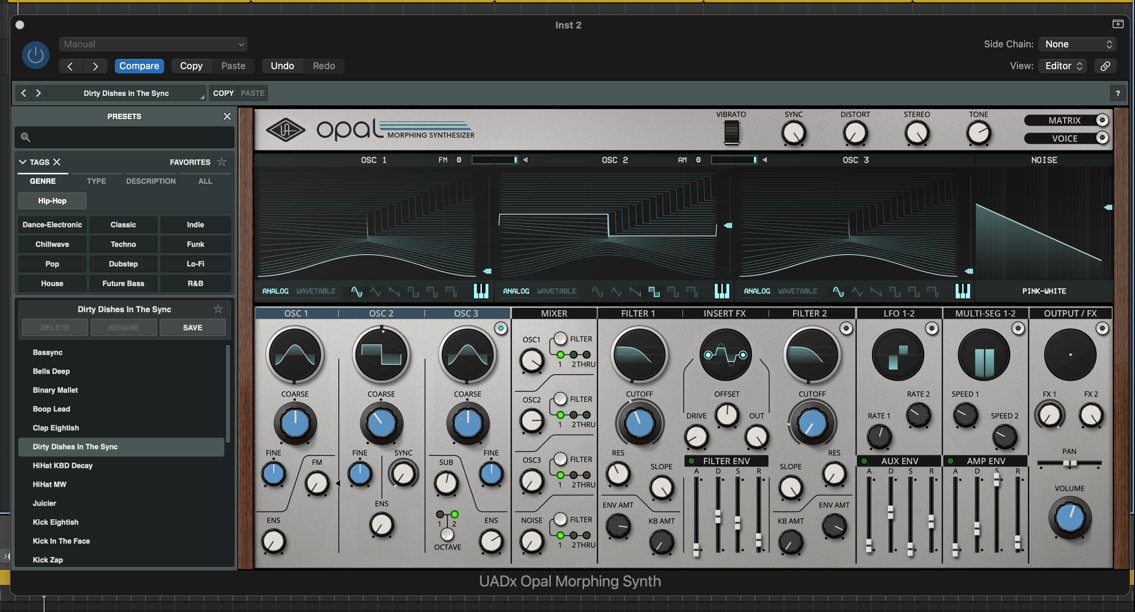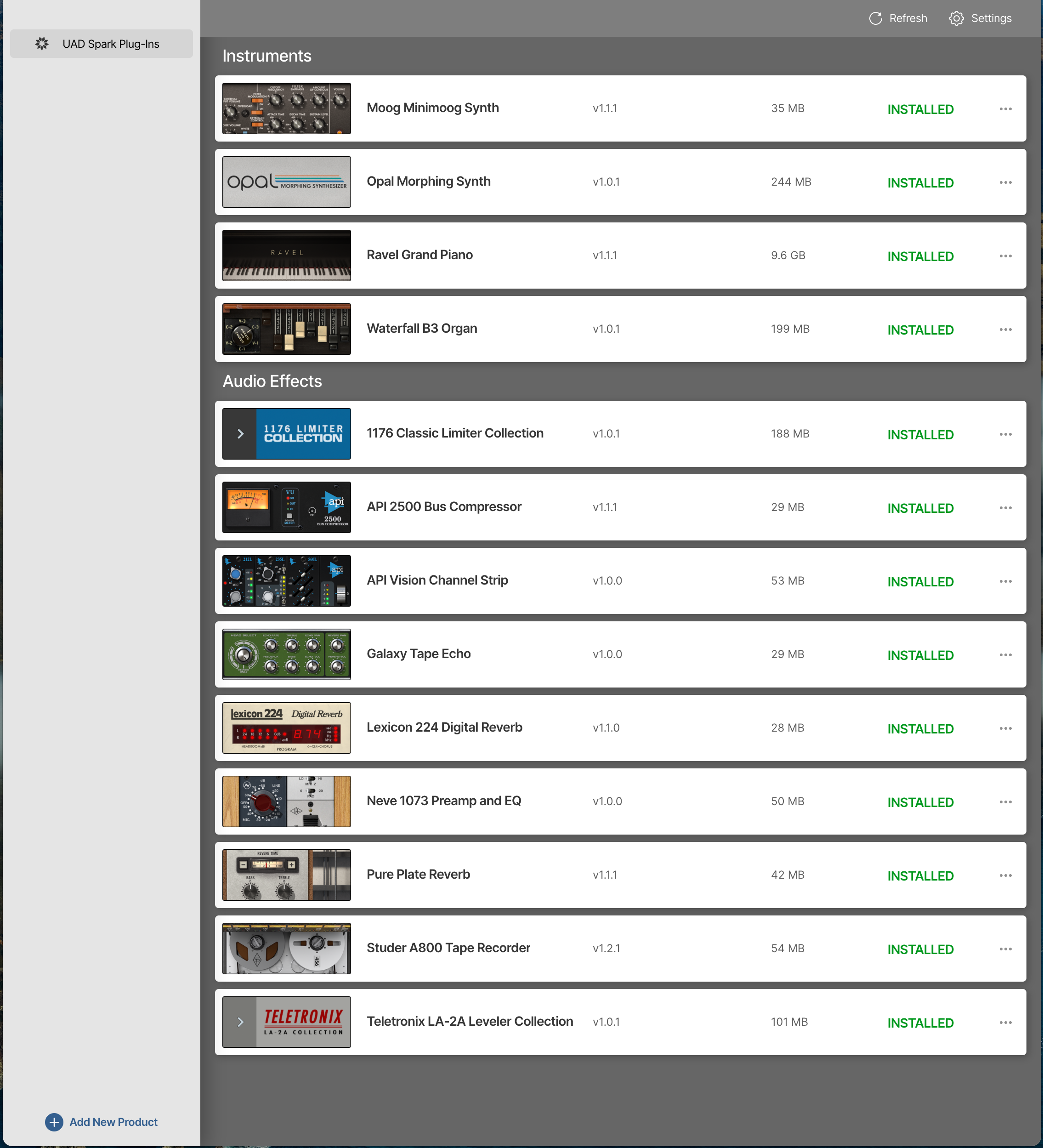UAD Spark is a new plugin subscription service that gives users access to Universal Audio quality plugins without the need for expensive and bulky hardware. Does the new service live up to UA's celebrated analogue hardware emulations? Headliner delved in and put the new plugins through their paces.
I love my Apollo x8p, but if I’m on a train journey with four hours to spare or stuck in a hotel room and want to spend my time completing a mix on my laptop, I can’t use my library of favourite plugins without an attached interface. Not only that, opening a project full of UAD and UAD2 plugins without an attached Apollo interface or UAD2 Accelerator causes untold heartache and frustration. It’s not something I’ve done a lot, but when I’ve made that mistake, I’ve simply closed my laptop, sat back and pondered the question: when will UA start making full use of the more powerful computer processing chips and give us some native plugins?
Well ponder no more my friends; UA have delivered with the Spark system. Now this is a subscription based system but if, like me, you already have an Apollo interface and a strong library of UAD plugins, then you are free to download all of the spark equivalents without charge. The only obvious negative I can see at the moment is there’s currently no Spark for Windows users, as I understand it represents around 10% of current music production platforms. The obvious benefit is I can now use my cloud iLok licence to authorise both my Studio Mac and my laptop so I don’t have to worry about migrating a project from one machine to the other. What’s more, I’m now free to take that train journey or hotel stay armed only with the simplest of USB interfaces and my headphones – or if you trust the onboard audio, just your headphones!






